
Enterprise SOA. Designing IT for Business Innovation Dan Woods, Thomas Mattern
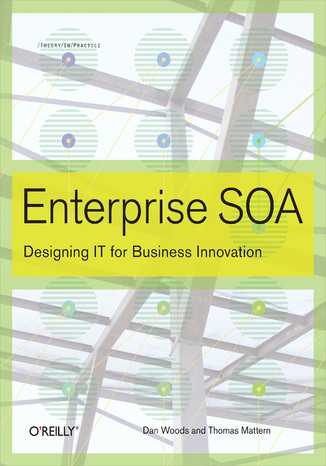



- Autorzy:
- Dan Woods, Thomas Mattern
- Wydawnictwo:
- O'Reilly Media
- Ocena:
- Stron:
- 456
- Dostępne formaty:
-
ePubMobi
 opcje wysyłki »
opcje wysyłki »
Opis
książki
:
Enterprise SOA. Designing IT for Business Innovation
Information Technology professionals can use this book to move beyond the excitement of web services and service oriented architecture (SOA) and begin the process of finding actionable ideas to innovate and create business value. In Enterprise SOA: Designing IT for Business Innovation, SAP's blueprint for putting SOA to work is analyzed from top to bottom. In addition to design, development, and architecture, vital contextual issues such as governance, security, change management, and culture are also explored. This comprehensive perspective reduces risk as IT departments implement ESA, a sound, flexible architecture for adapting business processes in response to changing market conditions.
This book answers the following questions:
- What forces created the need for Enterprise Services Architecture?
- How does ESA enable business process innovation?
- How is model-driven development used at all levels of design, configuration, and deployment?
- How do all the layers of technology that support ESA work together?
- How will composite applications extend business process automation?
- How does ESA create new models for IT governance?
- How can companies manage disruptive change?
- How can enterprise services be discovered and designed?
- How will the process of adapting applications be simplified?
Based on extensive research with experts from the German software company SAP, this definitive book is ideal for architects, developers, and other IT professionals who want to understand the technology and business relevance of ESA in a detailed way--especially those who want to move on the technology now, rather than in the next year or two.
Wybrane bestsellery
Dan Woods, Thomas Mattern - pozostałe książki
O'Reilly Media - inne książki
Dzięki opcji "Druk na żądanie" do sprzedaży wracają tytuły Grupy Helion, które cieszyły sie dużym zainteresowaniem, a których nakład został wyprzedany.
Dla naszych Czytelników wydrukowaliśmy dodatkową pulę egzemplarzy w technice druku cyfrowego.
Co powinieneś wiedzieć o usłudze "Druk na żądanie":
- usługa obejmuje tylko widoczną poniżej listę tytułów, którą na bieżąco aktualizujemy;
- cena książki może być wyższa od początkowej ceny detalicznej, co jest spowodowane kosztami druku cyfrowego (wyższymi niż koszty tradycyjnego druku offsetowego). Obowiązująca cena jest zawsze podawana na stronie WWW książki;
- zawartość książki wraz z dodatkami (płyta CD, DVD) odpowiada jej pierwotnemu wydaniu i jest w pełni komplementarna;
- usługa nie obejmuje książek w kolorze.
Masz pytanie o konkretny tytuł? Napisz do nas: sklep@helion.pl
Książka drukowana







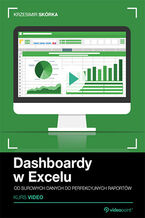
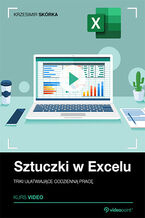


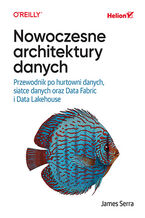

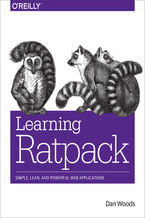

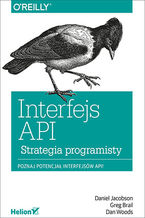
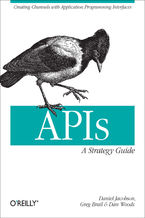
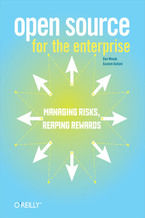





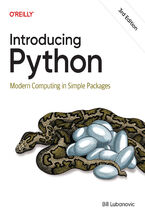
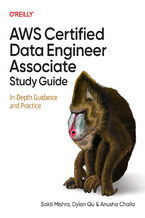
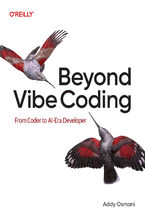
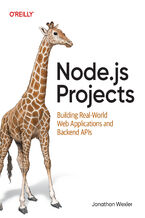

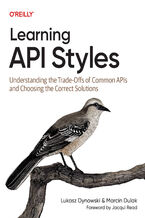
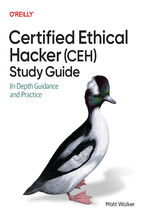
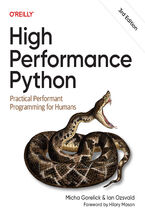
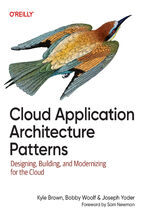
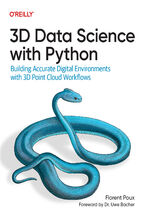



Oceny i opinie klientów: Enterprise SOA. Designing IT for Business Innovation Dan Woods, Thomas Mattern
(0)